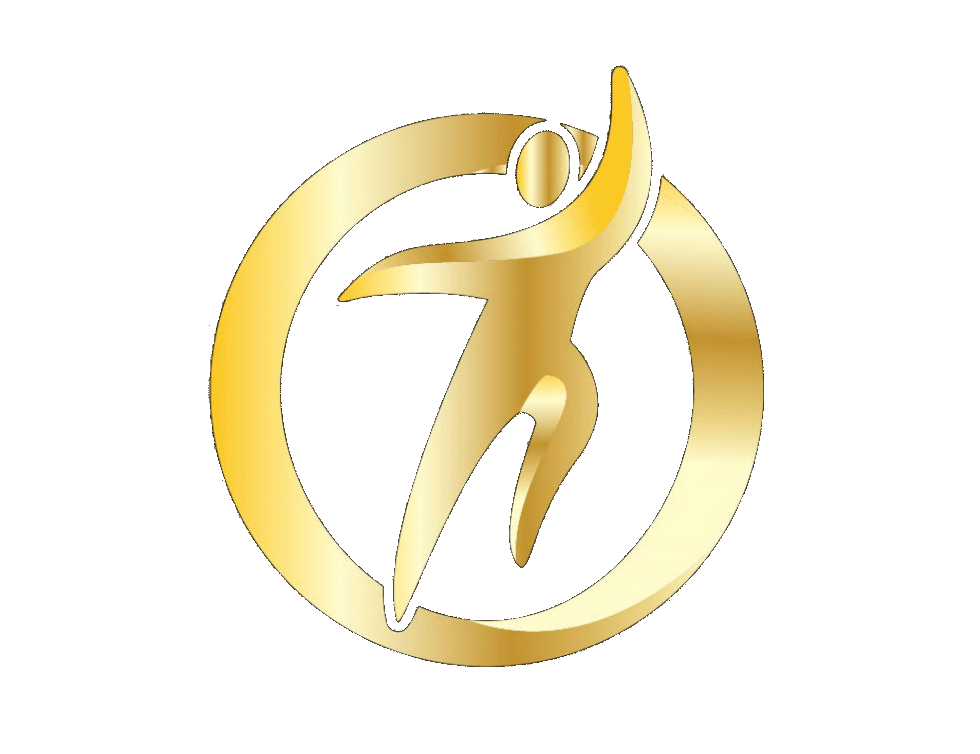What is Cold Laser Therapy?
Cold Laser Therapy, also known as low-level laser therapy (LLLT) or therapeutic cold laser, is a type of treatment that involves the use of low-level lasers to stimulate healing and reduce pain and inflammation. Cold laser therapy is believed to work by increasing blood flow and oxygen to the treated area, and by promoting the release of endorphins, which are natural pain-relieving chemicals in the body.
Some potential benefits of cold laser therapy include:
Cold laser therapy is often used to treat a wide range of conditions, including musculoskeletal injuries, tendonitis, osteoarthritis, toenail fungus, tennis elbow, tinnitus, and as a stop smoking aid. While some people may find cold laser therapy to be beneficial, it is important to note that the effectiveness of cold laser therapy has not been extensively studied and there is limited scientific evidence to support its use. It is always important to speak with a healthcare provider before starting any new treatment.
Cold Laser Therapy Side Effects
Generally, cold laser therapy is considered to be a safe and non-invasive treatment option. However, some potential side effects may include temporary skin irritation, redness, or discomfort in the treated area. It is important to discuss any concerns with your healthcare provider before starting cold laser therapy.
Cold Laser Therapy Cost
The cost of cold laser therapy can vary depending on factors such as the provider, location, and the number of treatment sessions required. It is always a good idea to consult with a healthcare provider to discuss the potential costs and benefits of cold laser therapy for your specific condition.
How Long Does Cold Laser Therapy Last?
The duration of the effects of cold laser therapy can vary depending on the individual and the condition being treated. Some people may experience immediate relief, while others may require multiple treatment sessions to achieve the desired results. Your healthcare provider can help determine the appropriate treatment plan for your specific needs.
